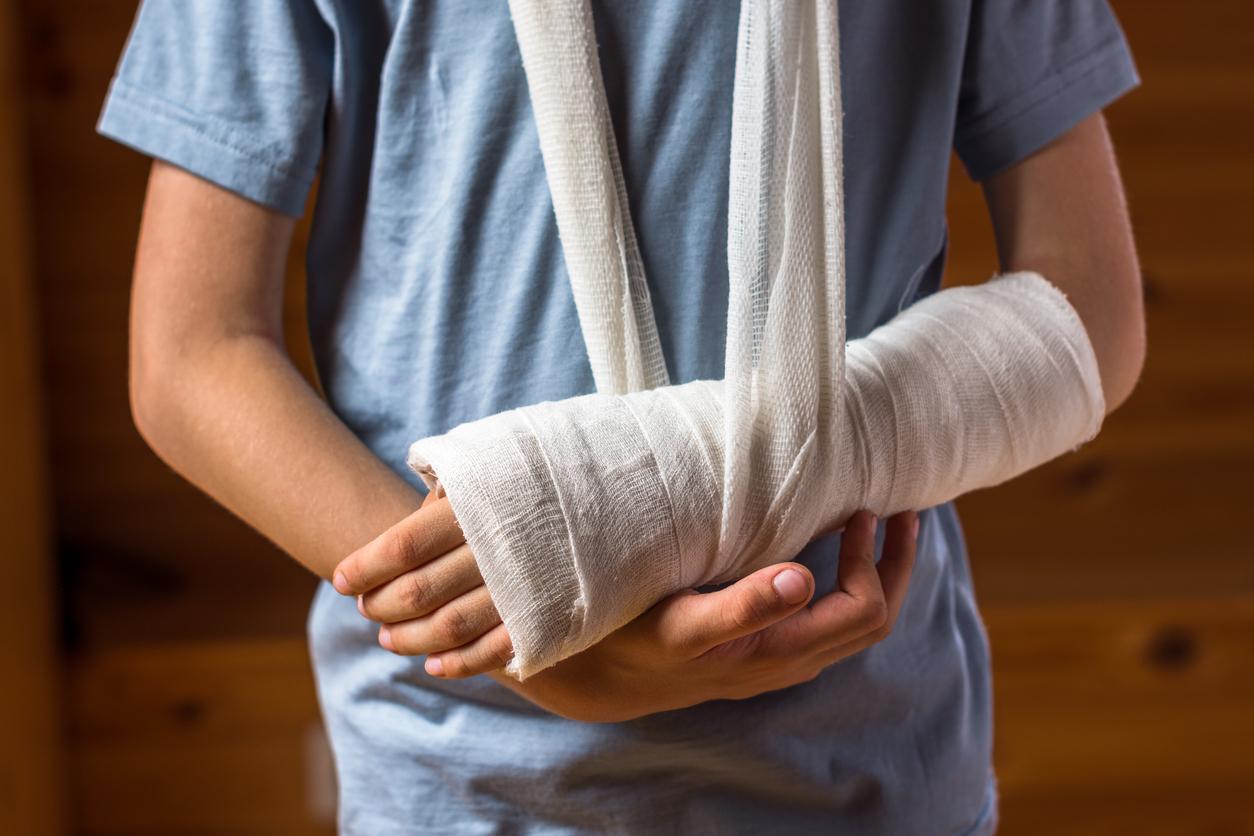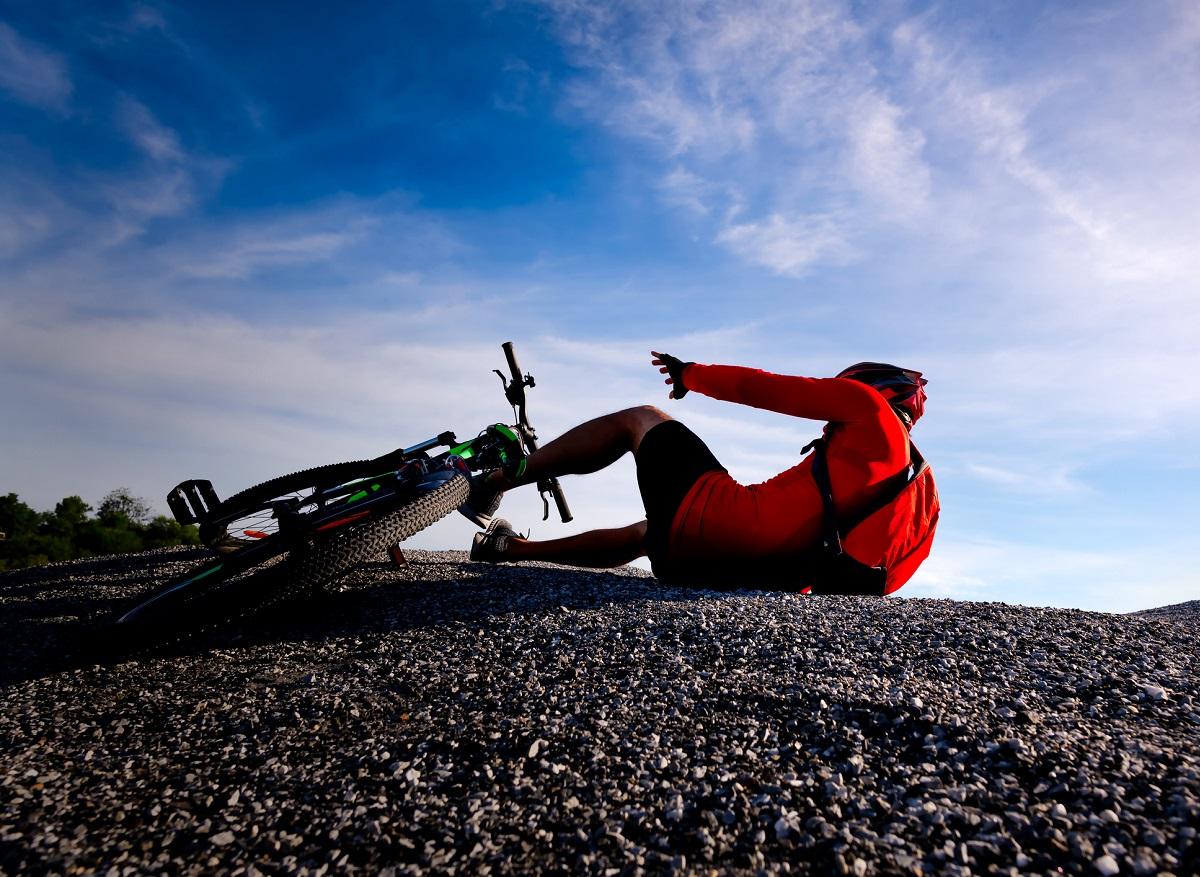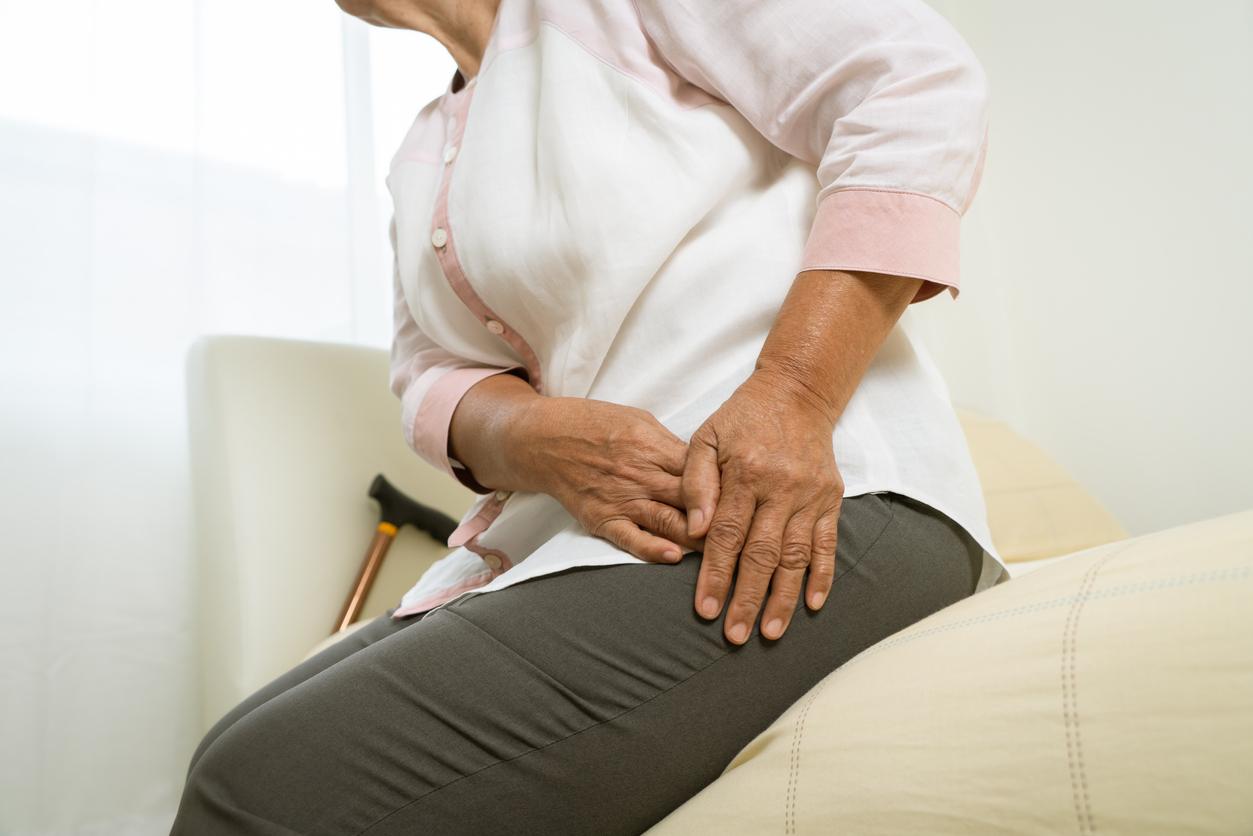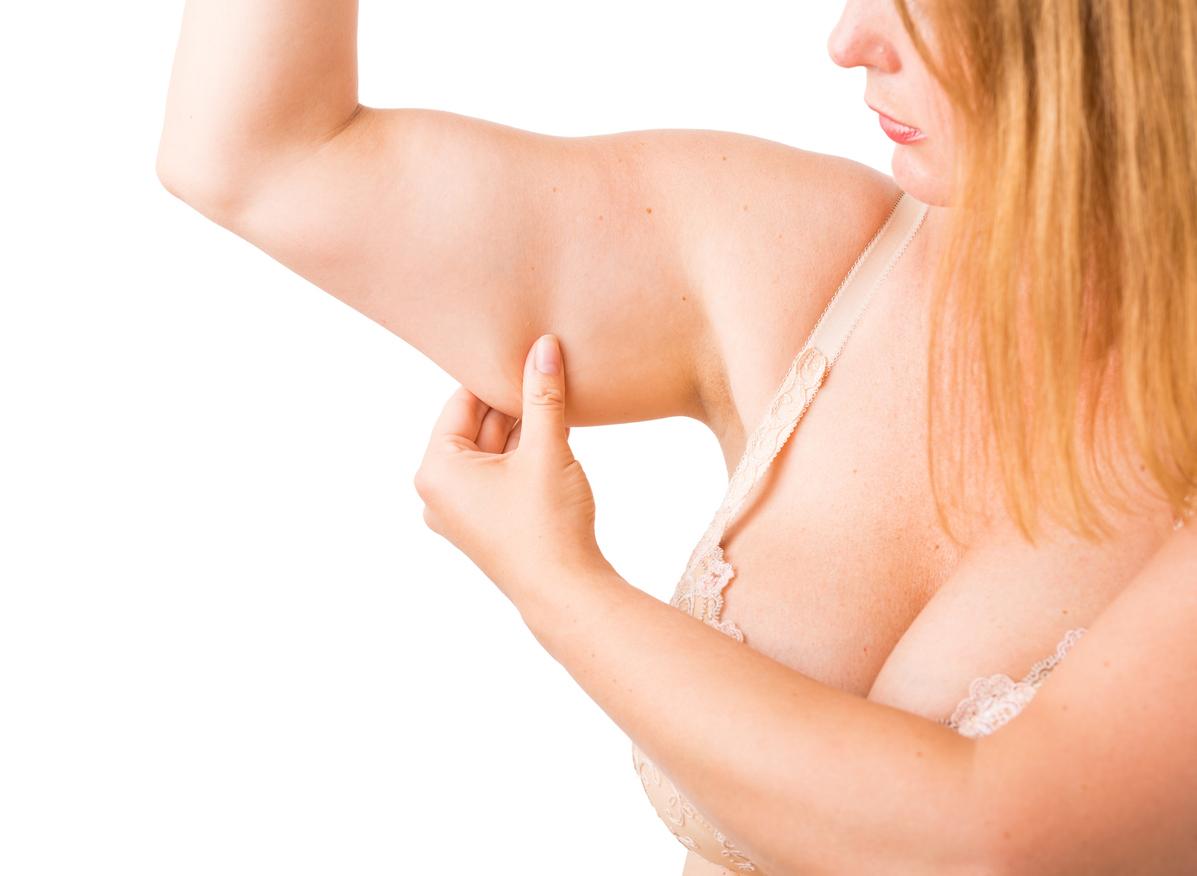Foot and ankle injuries and problems increase during the winter. Two orthopedic surgeons offer some advice so that your feet face the cold, snow and ice without difficulty.
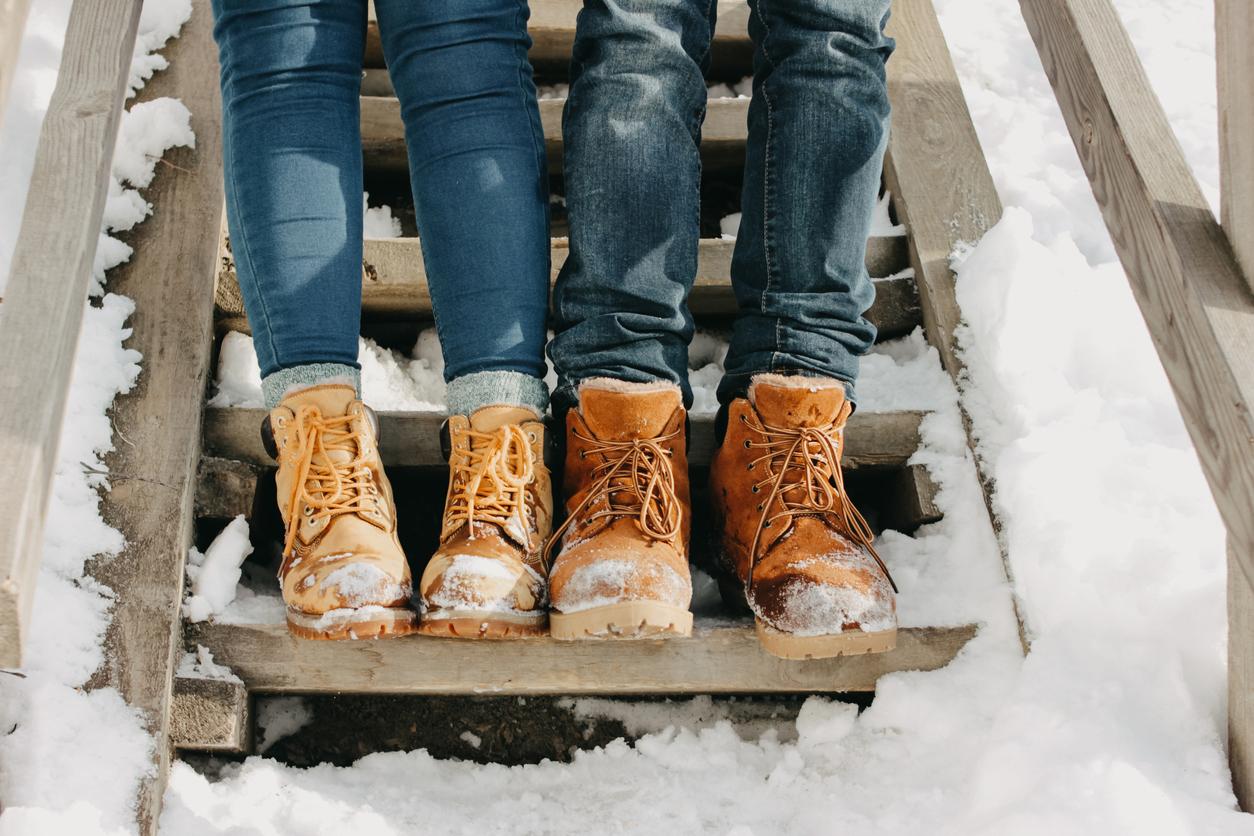
- An adult foot is made up of 26 bones. It consists of 33 joints and a hundred tendons.
- Foot fractures are usually related to falls, twists or shocks. They cause significant pain which worsens when there is pressure on the injured foot.
- Athlete’s foot is a common mycosis in adults. The symptoms are redness and exfoliation between the toes, itching or flaking. The infection can reach the soles of the feet.
Chilblains, strains, fractures… if you are not careful, your feet can quickly reap their share of injuries during the season of freezing temperatures and frosts.
Orthopedic specialists at the Hospital for Special Surgery (HSS) in New York confirm that they generally see an increase in foot injuries and problems during the winter. They shared some tips to avoid them.
Choose your shoes well
The first thing to do to protect yourself from slips and falls during the winter is to have shoes that are well suited to the weather, but also to your size. “Our feet change as we age, and the shoes that fit us last year may now be too tight”warns Dr. Mark Drakos, orthopedic foot and ankle surgeon at HSS. “Having tight feet in shoes that are too tight can lead to pain, blisters, bruising and other problems”he continues.
He also recommends buying your winter boots in the late afternoon or evening, as feet tend to get bigger as the day progresses. Another tip: remember to take the socks you plan to wear in cold weather. Otherwise, you run the risk of being too tight in your new shoes. And of course, check the quality of the sole. A good grip will help to stay upright on snowy or icy ground.
“It might sound like common sense, but the first winter storm of the season often catches people off guard, and we tend to see more injuries,” warns Dr Andrew Elliott, orthopedic foot and ankle surgeon at HSS in a statement from the hospital.
The orthopedic surgeon also advises to always have spare winter shoes at work or in your car to be able to face an unexpected change of weather.
Feet: 4 steps to ward off fungus and infections
Having good shoes suitable for cold and rainy weather is a good thing. However, this is not the only element to pay attention to in order to have healthy feet all winter long. Both experts recommend:
- Favor acrylic blend socks that wick away moisture. Keeping your feet dry will ward off fungus and infections such as athlete’s foot.
- Moisturize your feet daily if you are prone to dry, cracked heels or similar issues.
- Change socks after exercise or exertion.
- Dry wet shoes and socks overnight to reduce the risk of skin fungus.












